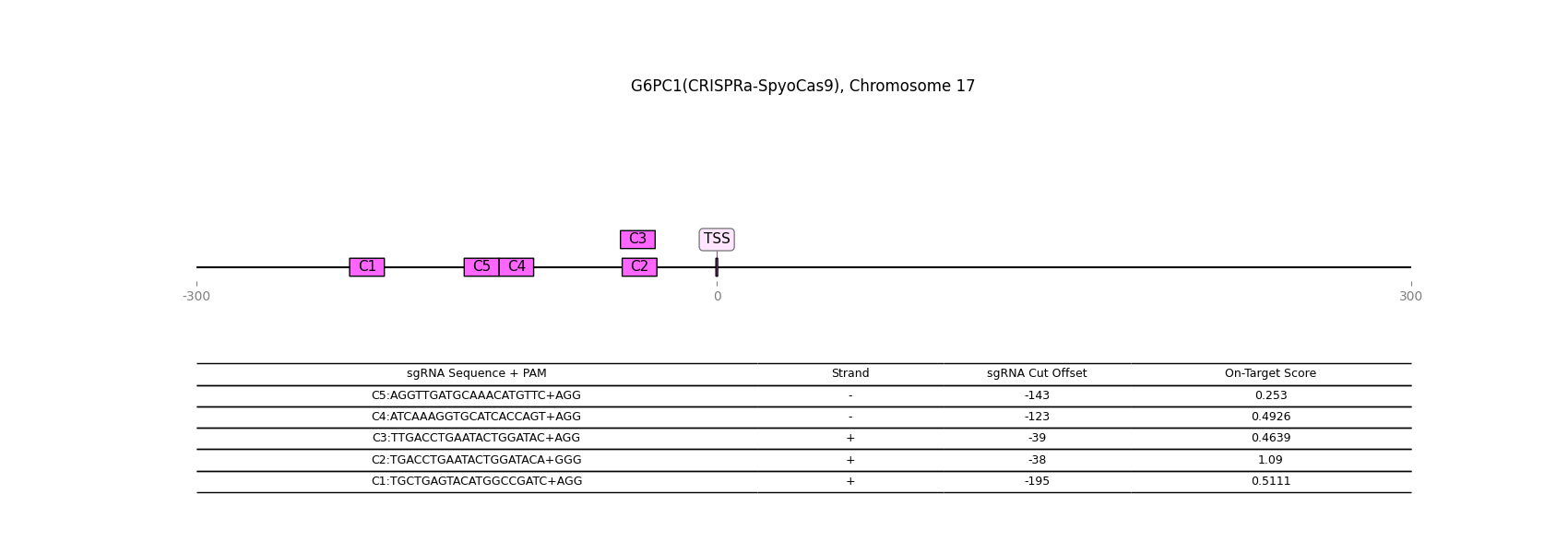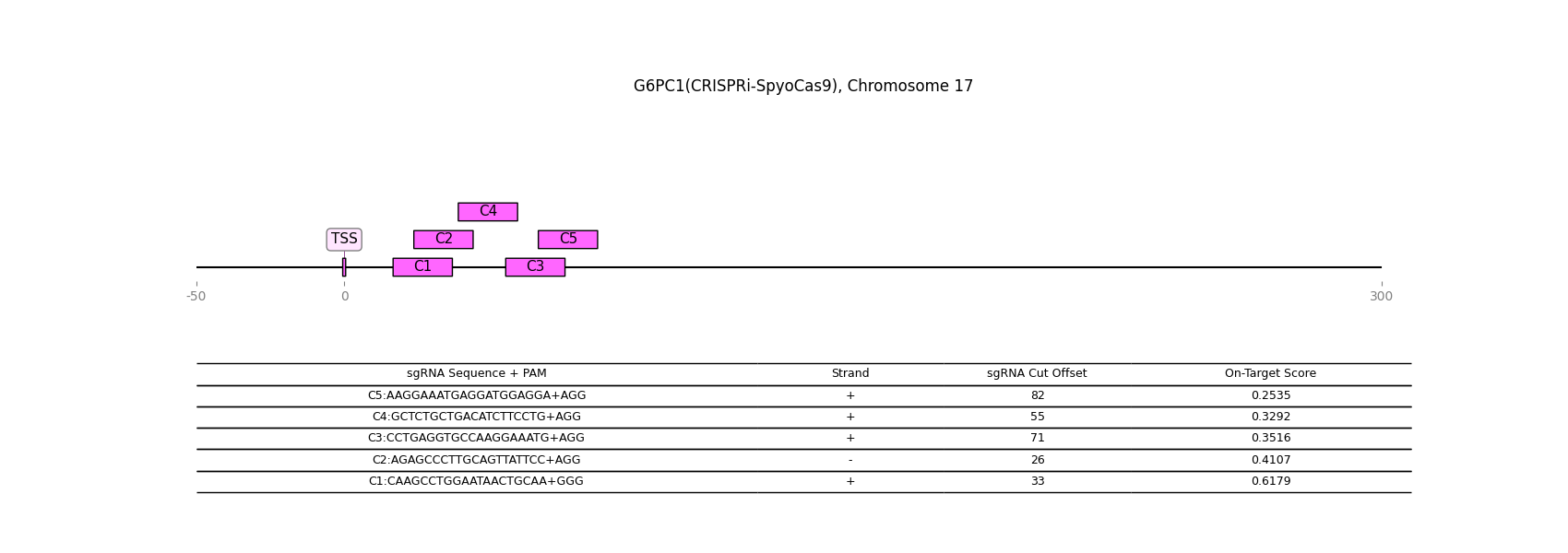Gene Details: G6PC1
1 / 1
General Information
Gene Name: G6PC1 (Glucose-6-phosphatase catalytic subunit 1)
Synonym: G6PC
Short Names:
Alternative Names: Glucose-6-phosphatase;Glucose-6-phosphatase alpha;
Notes:
- Hydrolyzes glucose-6-phosphate to glucose in the endoplasmic reticulum.
Description from Dr.Glyco-GPT:
Warning: LLMs can generate factually incorrect information, as they simply predict the next word based on training data. Always verify LLM output by cross-checking with reliable sources!
Catalytic Activity

Reaction and Disease Links
EC # (IUBMB):
3.1.3.9
Brenda:
3.1.3.9
KEGG: 2538
Rhea:
16689
Transcript levels (Cell lines and Single cell data) URL
CRISPR-knockout

CRISPR-activation

CRISPR-inactivation

Transcription factor-gene relationship (details at glycoTF page)
Top 10 TFs
| TF | Score |
|---|---|
| NR1H4 | 0.021478 |
| HNF4A | 0.021474 |
| CAT | 0.018170 |
| PPARA | 0.016709 |
| HNF4G | 0.014010 |
| TEAD1 | 0.013871 |
| MAF | 0.012688 |
| SOX6 | 0.011895 |
| NFIB | 0.011834 |
| PAX8 | 0.011803 |
Licensing: CC BY 4.0. You are fee to copy, redistribute, remix, transform and build upon all material, except for textbook figures from the Essentials.